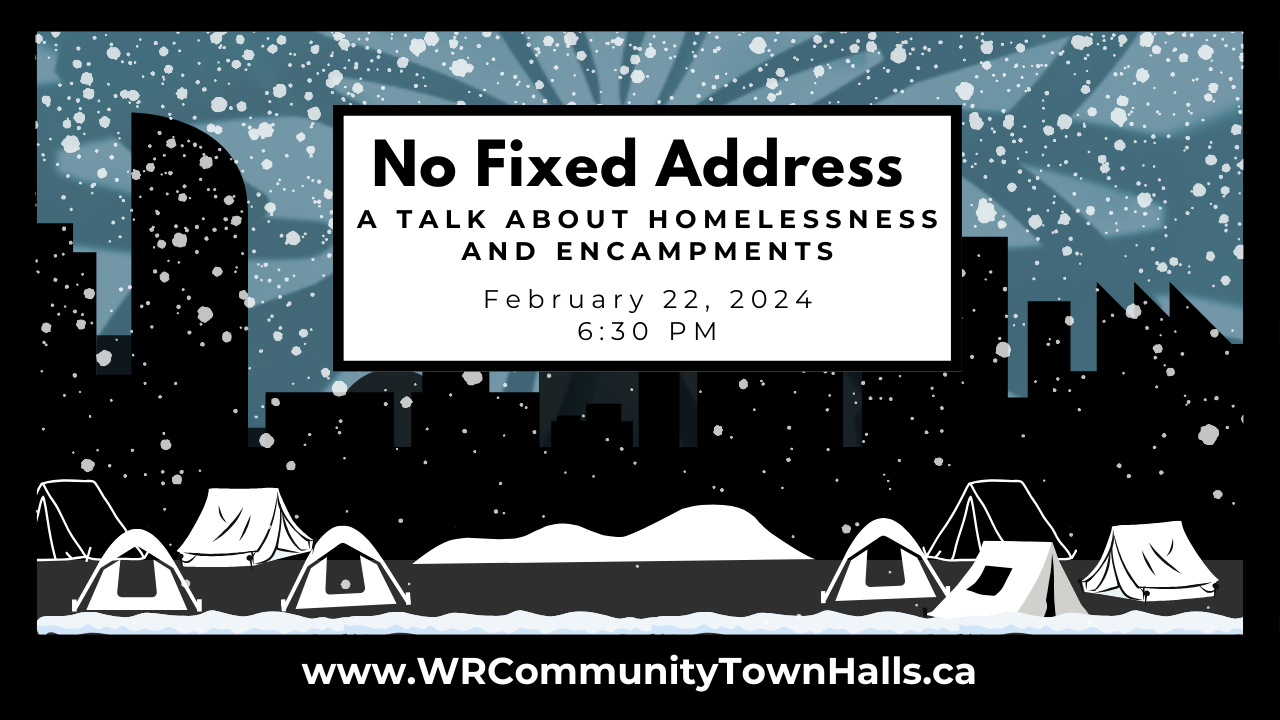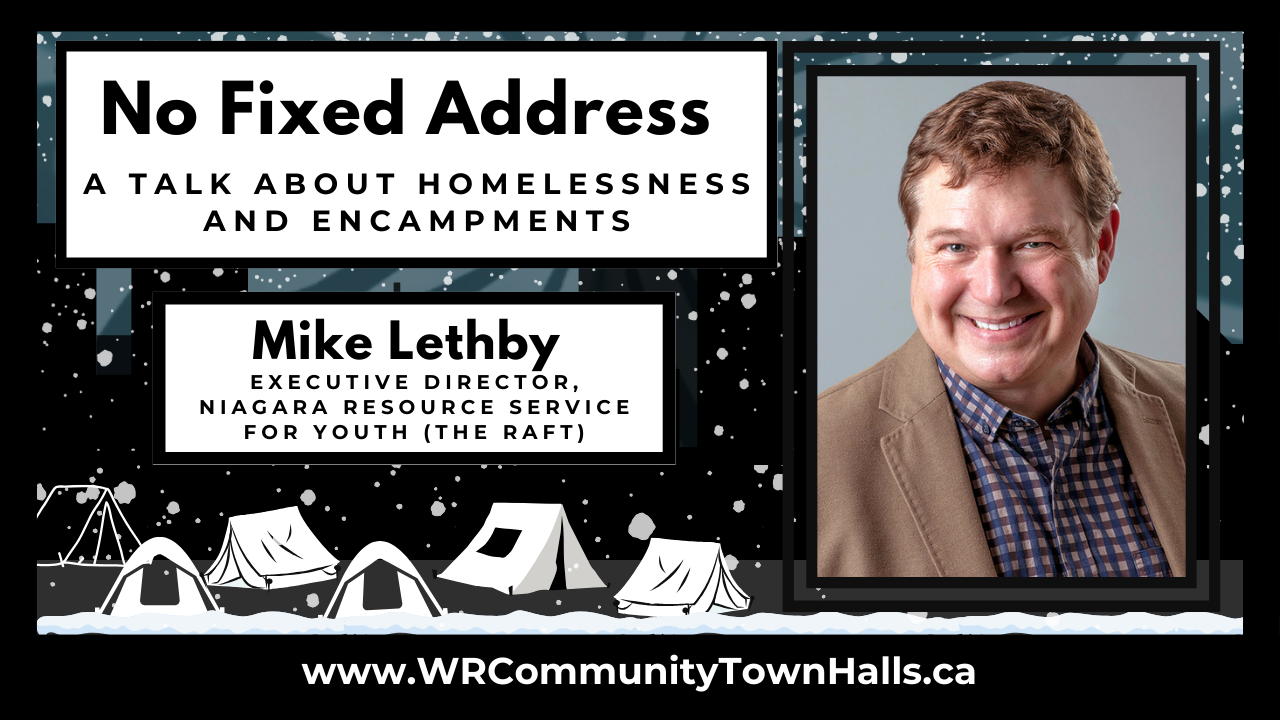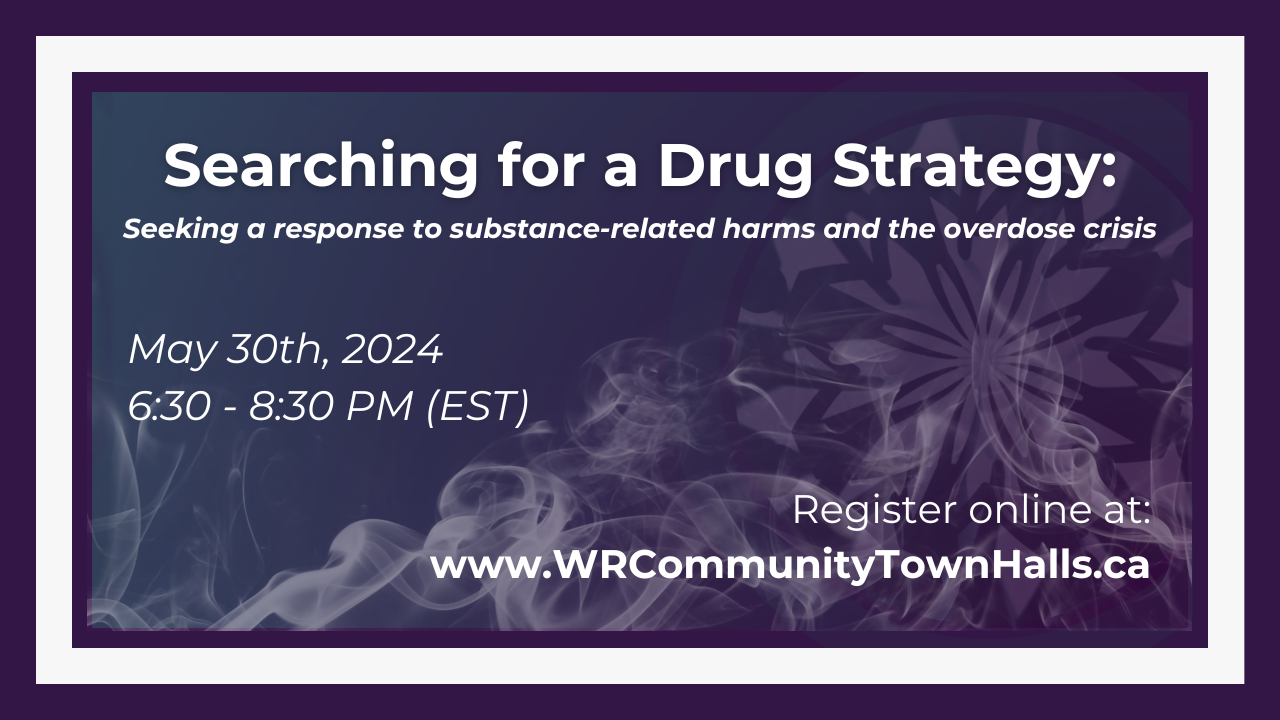Mike Lethby
Executive Director, Niagara Resource Service for Youth (The RAFT)
|
Born and raised in Niagara, Mike worked in the local auto sector before graduating Brock University with an honours B.A. in Political Science and History. Mike also holds a Master's degree in Political Science from the University of Western Ontario. Mike is currently the Executive Director of the Niagara Resource Service for Youth (The RAFT) a not-for profit agency in the Niagara region working with youth and their families
|
|
Mike is an innovative leader working to create a systemic approach to addressing youth issues and youth homelessness in Niagara. He is a principal actor in moving the region’s youth service model from a reactive institutional crisis model to a preventative community model.
|
Mike has overseen the development and implementation of Youth Reconnect (School based homelessness prevention) and Eternal Routes (Kinship finding and connection) programs as well as launching Niagara’s Housing First for Youth response. Currently, he is overseeing the implementation of a shelter diversion program which is showing great promise in reducing homelessness and launching a social enterprise Fresh Paint, in collaboration with Tradeworx, to help youth build skills and earn income in the trades.
|
|
More from this conversation: |
- Importance of Preventative Measures Early identification and support for at-risk individuals, especially youth, can significantly reduce the need for shelter services.
- Relational Support Over Transactional Solutions Addressing homelessness effectively requires a focus on creating and maintaining social relationships, not just providing housing or financial assistance.
- Role of Communities and Natural Supports Leveraging the support of families, friends, and communities is crucial for long-term success in tackling homelessness, as they constitute the majority of affordable housing options.
With the ever escalating housing crisis, a growing number of people are confronting the harsh realities of homelessness on a daily basis. Despite concerted efforts, community services and shelter spaces are struggling to keep pace with the surging demand, leaving many without access to even these temporary solutions due to their limited capacity.
Faced with this stark reality, individuals are compelled to forge their own paths to survival, resulting in an increasing presence of makeshift shelters and tents, as residents seek safety and refuge from the often unforgiving elements.
|
As we grapple with the pressing need for both short-term and long-term solutions to address the root causes of homelessness, the current plight of those living outdoors remains in a state of uncertainty. What do we know about the complexities concerning the root causes and approaches to homelessness and encampments? What responses and measures can we enact to deal with the basic needs, care, and well-being of these people? What other approaches to this issue, and what steps are other municipalities taking to assist those dealing with homelessness and living in encampments?
|
|
Beds Aren’t Enough
Lethby begins by discussing his journey with The Raft, starting as a small youth shelter and evolving into a 24-bed facility. Despite this expansion, the shelter faced the same issues of capacity and lack of impact, prompting a reevaluation of its approach to homelessness. This reflection led to the development of programs like Youth Reconnect, which aimed to identify and support at-risk students before they became homeless. This program led to a significant reduction in the number of youth requiring shelter.
Lethby highlights the distinction between the 'unhoused' – those temporarily without a home but with social support – and the 'homeless' – those who are fundamentally without a home in the sense of lacking social relationships and support. He stresses that the latter group requires more than just transactional solutions; they need relational support to address the social aspects of homelessness.
He also critiques the concept of affordable housing, arguing that it often doesn't reach those most in need, particularly those who can't afford any housing. Instead, Lethby emphasizes the role of natural supports – families, friends, and communities – as the largest provider of affordable housing, underscoring the importance of these relationships in solving homelessness.
Lethby's work with schools and communities to prevent youth homelessness highlights the effectiveness of community-based, relational approaches. He advocates for the development of social relationships and support networks as crucial elements in addressing homelessness, beyond mere shelter or financial aid.




